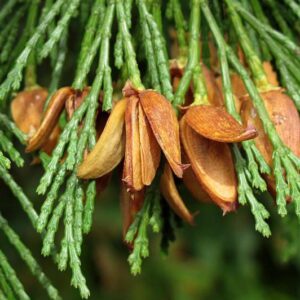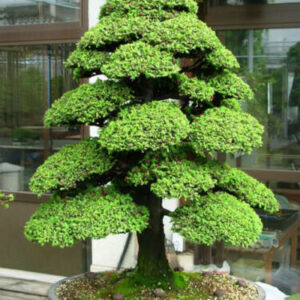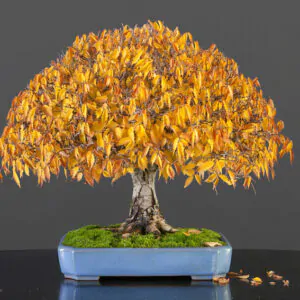Ficus sycomorus grows to 20 m tall and 6 m wide with a dense round crown of spreading branches. The leaves are heart-shaped with a round apex, 14 cm long by 10 cm wide, and arranged spirally around the twig. They are dark green above and lighter with prominent yellow veins below, and both surfaces are rough to the touch. The petiole is 0.5–3 cm long and pubescent. The fruit is a large edible fig, 2–3 cm in diameter, ripening from buff-green to yellow or red. They are borne in thick clusters on long branchlets or the leaf axil. Flowering and fruiting occurs year-round, peaking from July to December. The bark is green-yellow to orange and exfoliates in papery strips to reveal the yellow inner bark. Like all other figs, it contains a latex.
HEALTH BENEFITS
Minerals in figs provide health benefits. Calcium helps you maintain bone density, and potassium helps you control blood pressure. Manganese helps you maintain a healthy metabolism, contributes to bone development and helps to heal wounds. Like most fruits and vegetables, figs also contain substances known as antioxidants, which help remove disease-causing free radicals from your body. Using figs in cooking adds a natural sweetness to your meals, without the extra calories from refined sugars or the chemicals of artificial sweeteners.
| Weight | N/A |
|---|





